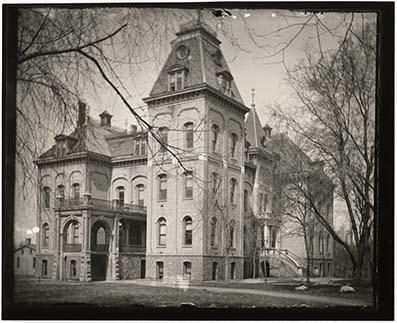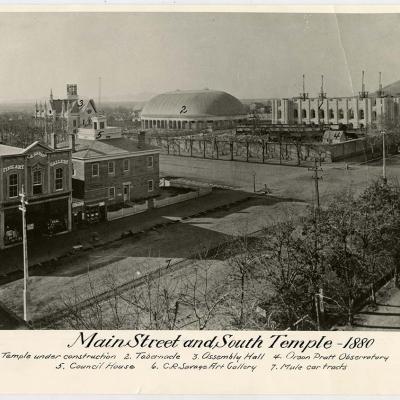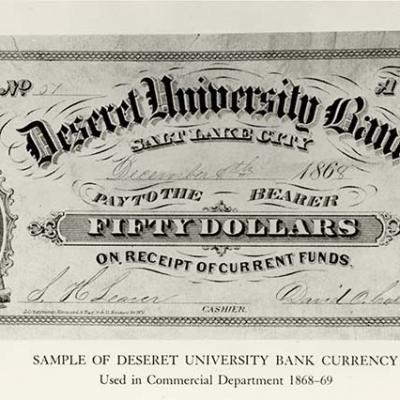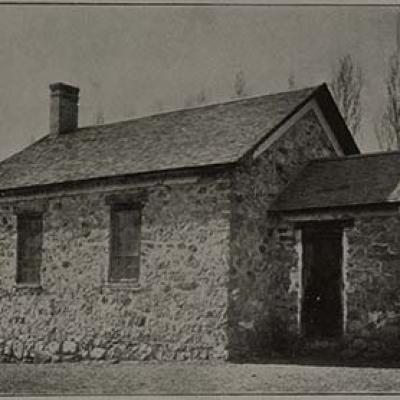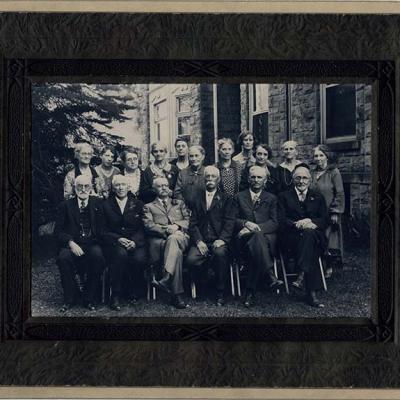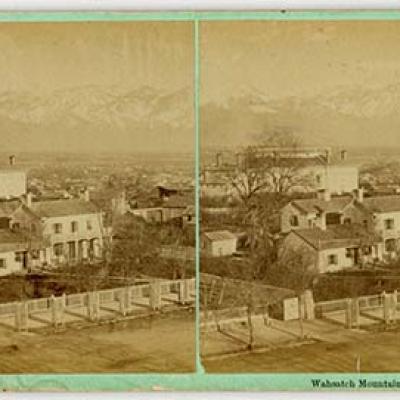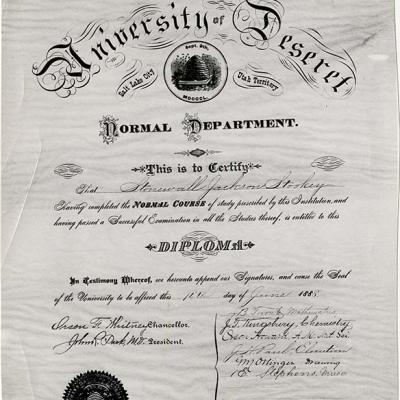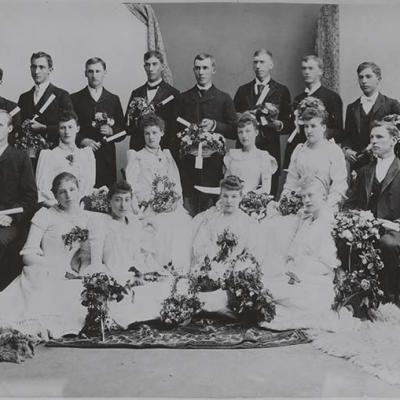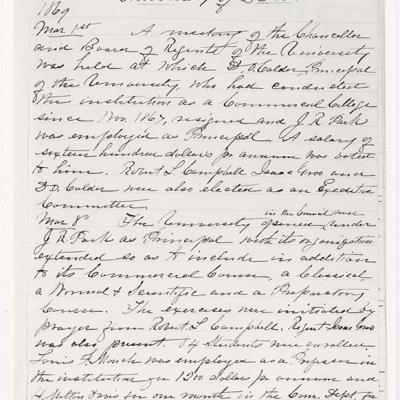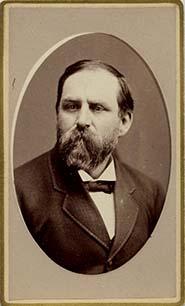Deseret University, 1850-1892
Within a few years of their arrival in the Salt Lake Valley in 1847, the Latter-Day Saint migrants took the first steps toward establishing a university. The University of Deseret, as it was called, was created by an act of the General Assembly of the State of Deseret on February 28, 1850. The legislators appointed a Board of Regents, with Orson Spencer, a leader of the Church of Jesus Christ of Latter-Day Saints, appointed Chancellor. While the Board of Regents scouted for a permanent location for the university, they moved quickly to begin classes, and the University of Deseret opened on November 11, 1850. Initially, necessities such as books, teachers, and even a place to hold classes were in short supply.
The first classes were held in private homes or wherever space could be found, and funds to pay for teachers and supplies came from private donations. Initial classes were held in the Julia Ives Pack Home, also referred to as "the Parent School," because of its central location and large size of the building. Starting in February 1851, classes were moved to the Council House. Despite the strong urge for an institution of higher learning, the economic foundation was unstable, and by 1853 the budding university was forced to suspend operations due to a lack of both funding and students.
By 1869, however, conditions in the Utah Territory had changed. The completion of the first transcontinental railroad attracted both trade and new migrants to the territory, and leaders of the territorial government once again began planning to establish a university. The University of Deseret got its first major boost that year when its Board of Regents hired a well-known educator, John R. Park, to be principal and later president of the university. Under President Park, the University of Deseret finally began to send down solid roots in the community, and would never again be forced to close. Park spent 1871 through 1872 touring universities in Europe, studying their organization and curricula as potential models for the University of Deseret.
In 1876, the school moved out of the Council House and into the Union Academy, an adobe building located at 200 West 400 North in Salt Lake City. A few years later, the Territorial Legislature appropriated funds to purchase a site and erect a building to house the growing university. The Regents obtained Union Square from the city of Salt Lake, and in 1884 moved into the first building that it could call its own. In 1886, the university granted its first degrees, and the Alumni Association was organized. President Park, a supporter of the arts, advocated to the legislature for the addition of arts education, and by the 1888 school year the University of Deseret hired faculty for both a Department of Music and a Department of Fine Arts. The Utah Territorial Library was transferred to the University of Deseret in 1890, and a chair of Geology and Mineralogy, the predecessor of the School of Mines, was established. Students were offered a classical course of four years, a scientific course of three years, and a two-year teacher training course, called the Normal School.
Student life began to develop with literary and debating societies established during this period. Several attempts at a literary magazine were made and the annual University Ball became a campus-wide tradition. Noted faculty during this early, formative period, included Joseph B. Toronto; Francis Marion Bishop; Joseph T. Kingsbury; Karl G. Maeser; and sisters, Mary and Ida Cook.
Even under trying economic conditions and uncertainty about the school’s location, a number of the university’s early graduates were successful in their fields. They included Heber M. Wells, first governor of the state of Utah; Rudger Clawson, General Authority of the Church of Jesus Christ of Latter-Day Saints; Heber J. Grant, seventh President of the Church of Jesus Christ of Latter-Day Saints; architect Don Carlos Young; Richard W. Young, general in the U.S. Army; historian B. H. Roberts; and Orson F. Whitney, a religious scholar and historian.
Major changes took place in 1892. On February 17, the Territorial Legislature changed the name of the institution to the University of Utah. President John R. Park, in declining health, resigned, with Joseph T. Kingsbury stepping in as acting president. Before his resignation, Park realized that the Union Square location was inadequate for a major university and planned to relocate the school to the East Bench of the Salt Lake Valley. With that in mind, he began negotiations with the U.S. Army to obtain land at Fort Douglas, and the Territorial Legislature petitioned the U.S. Congress for a grant of land for a new campus. The stage was now set for the move to the East Bench of Salt Lake City, a move that promised much for the future of the University of Utah.

